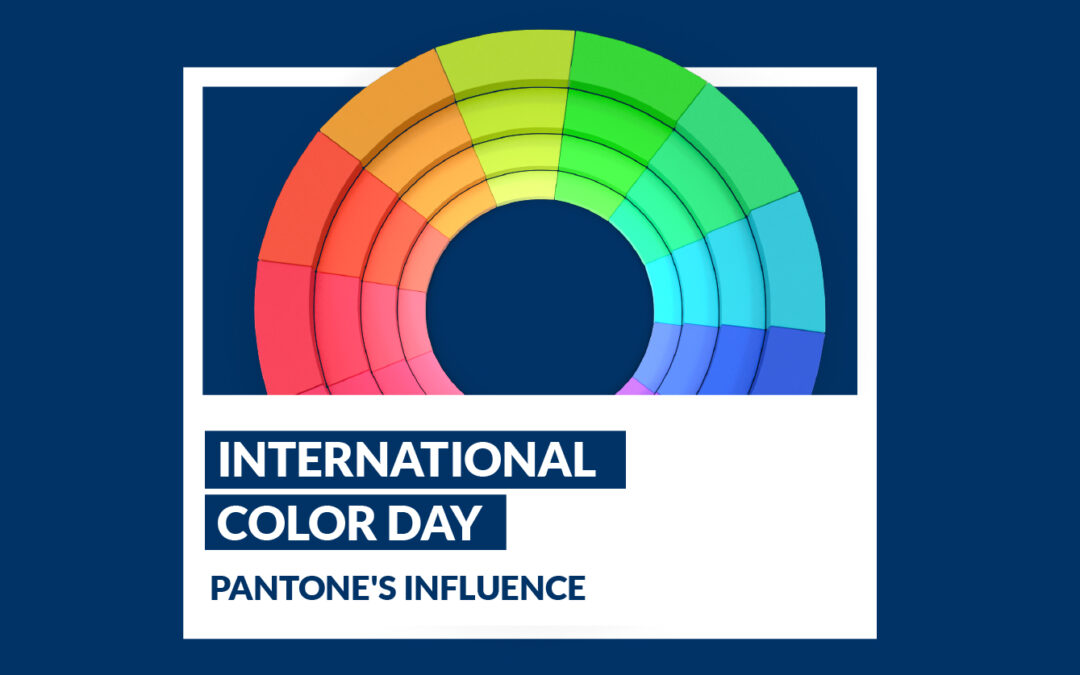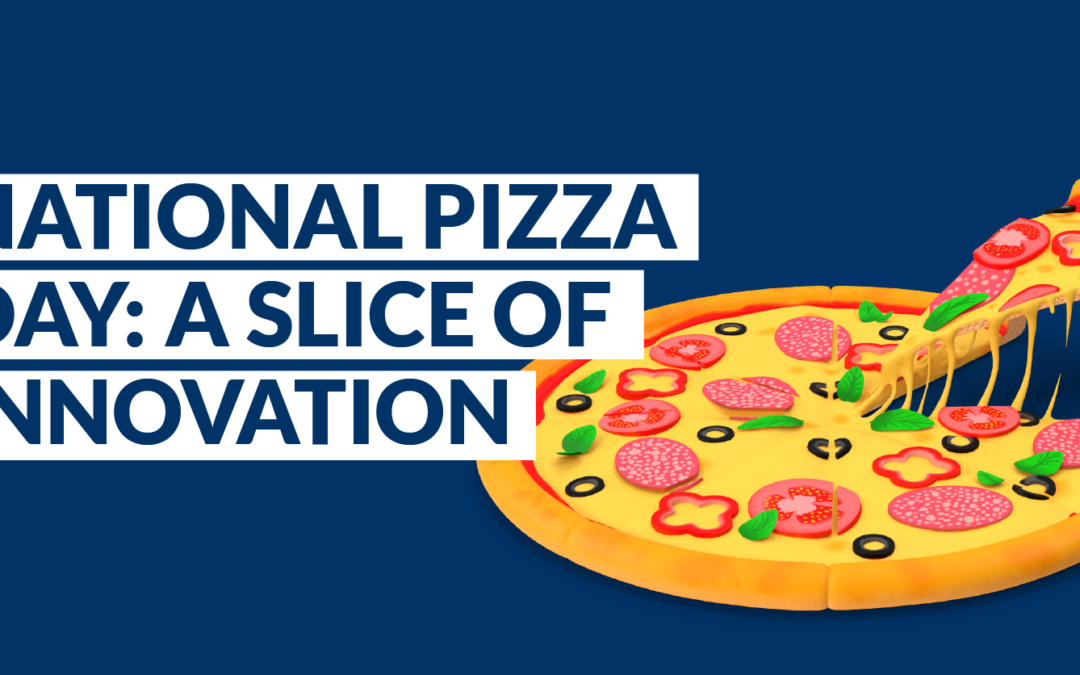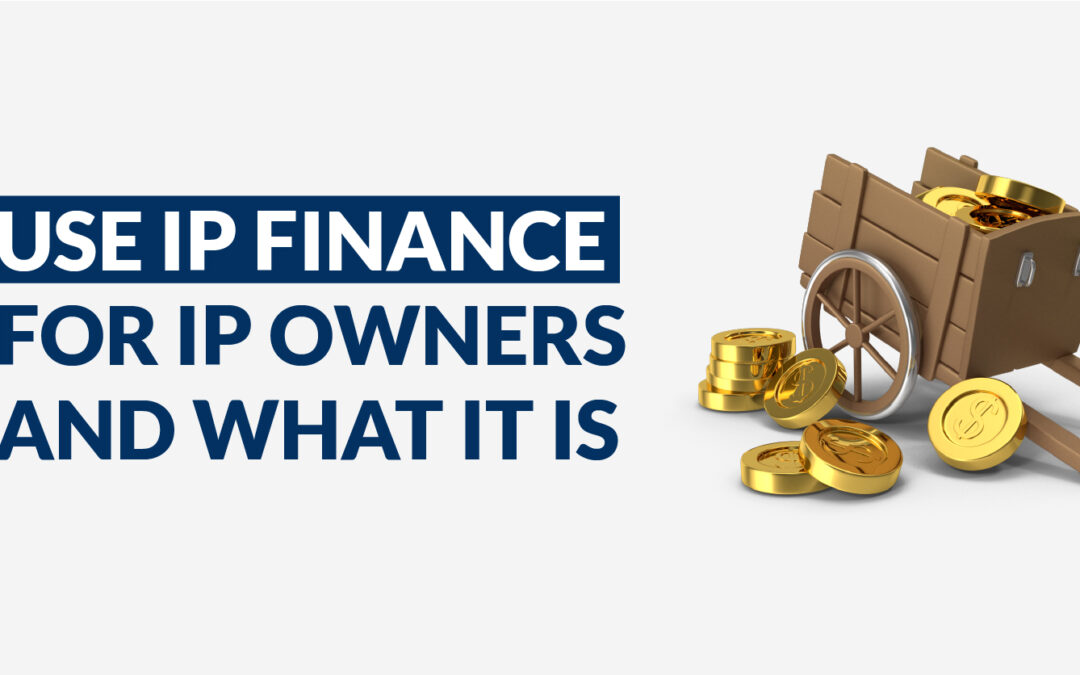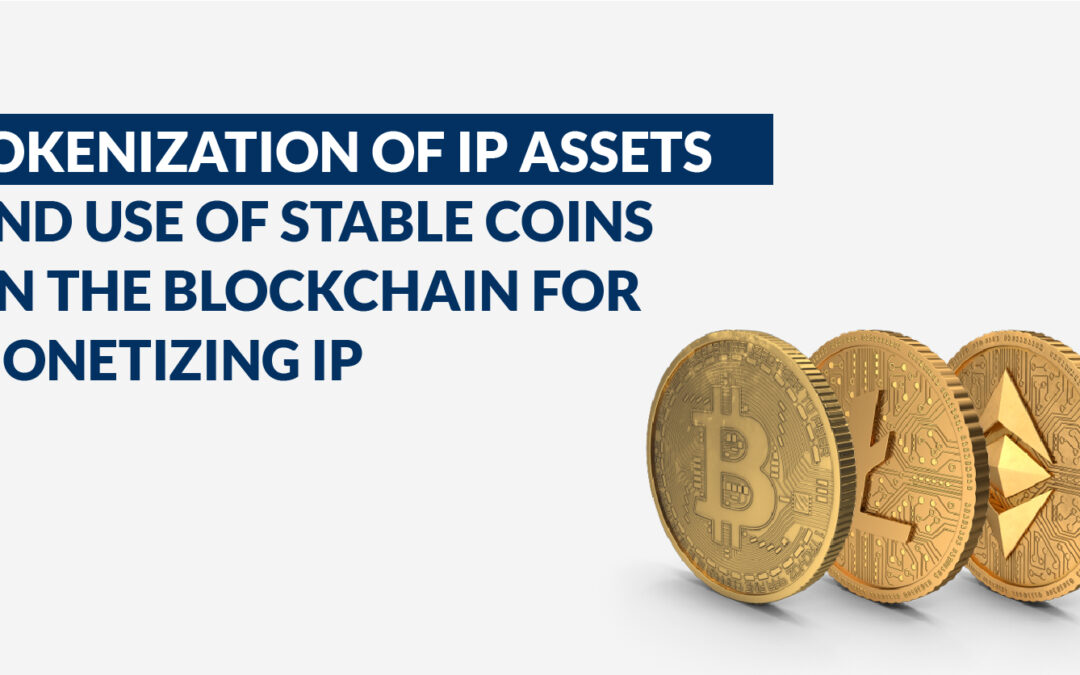The concept behind blockchain is simple and that is what makes it a threat or an enormous opportunity for the world as we perceive and know it today. It is a transactional ledger from linked blocks, which incorporates several previous transactions and which, due to its automatic distribution scheme, restricts or limits its alteration as much as possible.
Although not exactly the same, to explain it we could think in the execution of a contract in 6 originals, such agreement would have multiple clauses and each party would have one original. These originals cannot be unilaterally altered. If someone tries to modify one of them, contrasting those changes with the others would be enough to eliminate their enforceability. Blockchain works similarly, but alive and through digital records incorporated in distributed ledgers made of blocks. In addition, it gathers information about each transaction within the same ledger, so it may serve to easily research if a transaction did or did not take place, and if so, in which date and what it entailed.
The technology was born along with Bitcoin but they are not the same. Nonetheless, some nostalgics of the first predictions that foresaw the end of banks, prefer to avoid the division between this technology and cryptocurrencies. However, the truth is that blockchain has a life on its own because, as Markku Rasanen explained at the ASIPI Forum of Los Cabos, at the panel which I had the pleasure to moderate, it has several novel attributes:
a) it is a decentralized system which in theory can get rid of, not only Banks, but potentially, any other centralized authority;
b) it includes incentives for tokens which promote collective participation in the security scheme that it provides us with;
c) it rewards such participation;
d) and truly puts the system in the hands of the public.
Its applications are many, as explained by Felipe Danneman at the same forum, but WIPO foresees at least the following in Intellectual Property:
a) Fintech, since startups will have easier access to capital channeled digitally;
b) smart IP rights, where their origin, titleholders and users could be easily traced without complicated research;
c) proofs of effective use;
d) traceability of products to avoid counterfeiting.
We may add that to date, there are several applications which allow us to carry out some of these activities. From our perspective, we can predict that in the anticounterfeiting, antipiracy and copyright world we see immediate application. ¿What would be the impact for a consumer, when scanning a QR code and verifying the origin of the product bought? ¿How much money would be saved in the so-called chain-of-title studies performed to develop motion pictures based on literary works? The possibilities are endless, this is just the beginning.







